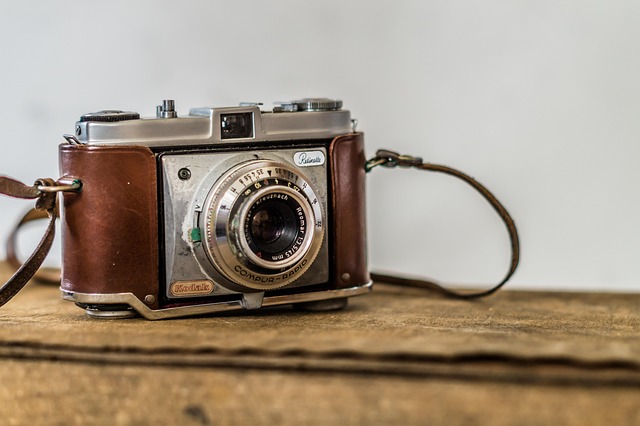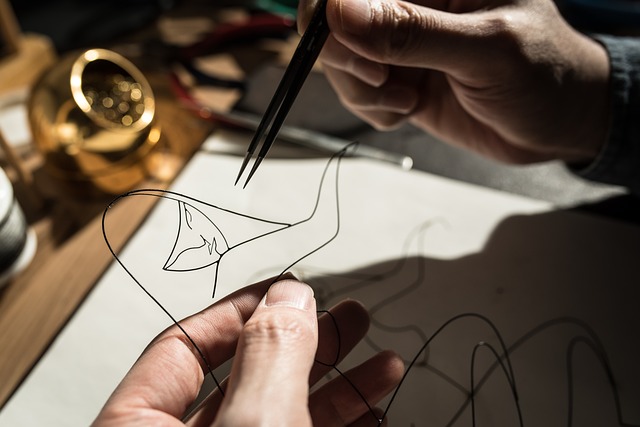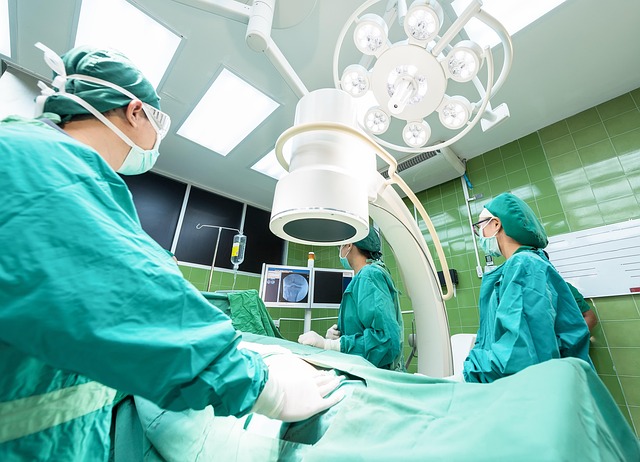In the UK, medical device manuals must comply with stringent regulations from bodies like the MHRA to ensure patient safety and market access. Translation services for Medical Device Manuals UK are crucial to navigate complex language and regulatory requirements, preserving clarity and cultural adaptation. These services guarantee accurate communication of technical information in local languages, avoiding legal complications. Reputable translators with medical expertise bridge language barriers, ensuring manuals meet UK standards and enhancing product acceptance among diverse users. Best practices include collaborating with subject matter experts, regular reviews, clear language, and engaging professional translation services for multilingual distribution.
Are your device manuals compliant with UK regulations? With strict standards in place, ensuring your medical device manuals meet these requirements is crucial. This article explores the intricate world of UK regulatory compliance for device manuals, highlighting the significance of translation services in this process. We’ll delve into key elements, common challenges, and best practices to maintain accurate and regulated manuals, emphasizing the vital role of professional translation in the UK market.
- Understanding UK Regulatory Requirements for Medical Device Manuals
- The Role of Translation Services in Ensuring Compliance
- Key Elements to Consider in Device Manuals
- Common Challenges in Translating Medical Device Literature
- Best Practices for Maintaining Accurate and Regulated Manuals
Understanding UK Regulatory Requirements for Medical Device Manuals

In the UK, medical device manuals must adhere to stringent regulatory requirements set by bodies like the Medicines and Healthcare products Regulatory Agency (MHRA). These regulations are designed to ensure patient safety, efficacy, and quality. When it comes to translation services for Medical Device Manuals UK, it’s not just about converting text from one language to another; it involves ensuring accurate and compliant translations that meet these exacting standards.
Translation specialists must be well-versed in both the source and target languages, as well as the medical terminology and regulatory landscape of each region. They play a crucial role in navigating the complex requirements, such as preserving clarity and precision while adapting content for cultural nuances and local prescribing practices. This meticulous approach guarantees that translated manuals not only convey the same critical information but also comply with UK regulations, thereby facilitating smooth market access and avoiding potential legal issues.
The Role of Translation Services in Ensuring Compliance

In today’s global market, medical device manufacturers must ensure their user manuals are accessible and understandable to a diverse range of users, especially when operating within specific regions like the UK. This is where translation services for medical device manuals in the UK play a pivotal role. Accurate and culturally sensitive translations are essential to meet regulatory requirements set by bodies such as the Medicines and Healthcare products Regulatory Agency (MHRA).
Professional translation ensures that all technical information, instructions, and safety warnings are conveyed effectively in the local language. It helps avoid potential risks associated with incorrect or unclear communication, which could lead to compliance issues and legal consequences. By engaging reliable translation services, manufacturers can rest assured that their device manuals will be compliant with UK regulations, facilitating smooth market entry and product acceptance among local users.
Key Elements to Consider in Device Manuals

When creating device manuals in the UK, ensuring compliance with regulatory requirements is paramount. Key elements to consider include clear and concise language that accurately describes the device’s features and functions, as well as any potential hazards or contraindications. Translation services for medical device manuals UK are crucial to guarantee that information is accessible to a diverse user base, adhering to local linguistic standards and medical terminology.
Additionally, comprehensive instructions for safe assembly, operation, and maintenance must be provided. Visual aids, such as diagrams and illustrations, can significantly enhance comprehension. It’s also essential to include details about regulatory approvals, compliance certifications, and post-market surveillance information. Reputable translation services specializing in medical devices should ensure the accuracy and cultural relevance of content, bridging any language barriers that may exist for UK users.
Common Challenges in Translating Medical Device Literature

Medical device manuals often face unique challenges when it comes to translation, especially in ensuring compliance with UK regulations. One of the primary hurdles is the specialized vocabulary and technical jargon inherent in the medical field. Accurately translating terms related to specific procedures, equipment, and safety protocols requires a deep understanding of both the source and target languages, as well as medical expertise. This calls for professional translation services that can deliver precise and consistent terminology across all language versions.
Another common challenge is maintaining regulatory alignment throughout the translation process. UK regulations for medical devices are stringent, with strict guidelines on labeling, instructions, and user safety. Translators must be adept at navigating these requirements while adapting content to suit cultural nuances in different languages. Translation services specializing in medical device manuals should have a clear understanding of these regulations and possess the expertise to implement them effectively, ensuring that the translated manuals meet legal standards for circulation within the UK market.
Best Practices for Maintaining Accurate and Regulated Manuals

To ensure your medical device manuals meet UK regulatory requirements, it’s crucial to adopt best practices that maintain accuracy and compliance throughout their creation and update cycle. Start by involving subject matter experts from the outset; their deep understanding of both the product and relevant regulations is invaluable in crafting comprehensive and correct documentation. Regular reviews are essential; as devices evolve and regulations change, so too should your manuals. Implement a robust system for tracking changes, ensuring every revision is accurately documented and approved.
Consider the importance of clear and concise language tailored to your target audience—whether healthcare professionals or end-users. In complex fields like medical devices, precise translations are vital. Utilize professional translation services specializing in medical device manuals to avoid ambiguity and maintain regulatory compliance when distributing products across languages.
Ensuring your medical device manuals comply with UK regulations is vital to avoid legal repercussions and maintain consumer trust. By understanding the key elements required, leveraging translation services that specialise in medical literature, and adopting best practices for accuracy and consistency, you can create manuals that meet both regulatory standards and patient needs. Translation services for Medical Device Manuals UK play a crucial role in navigating this complex landscape, enabling manufacturers to effectively communicate critical information to users while mitigating risks associated with non-compliance.
